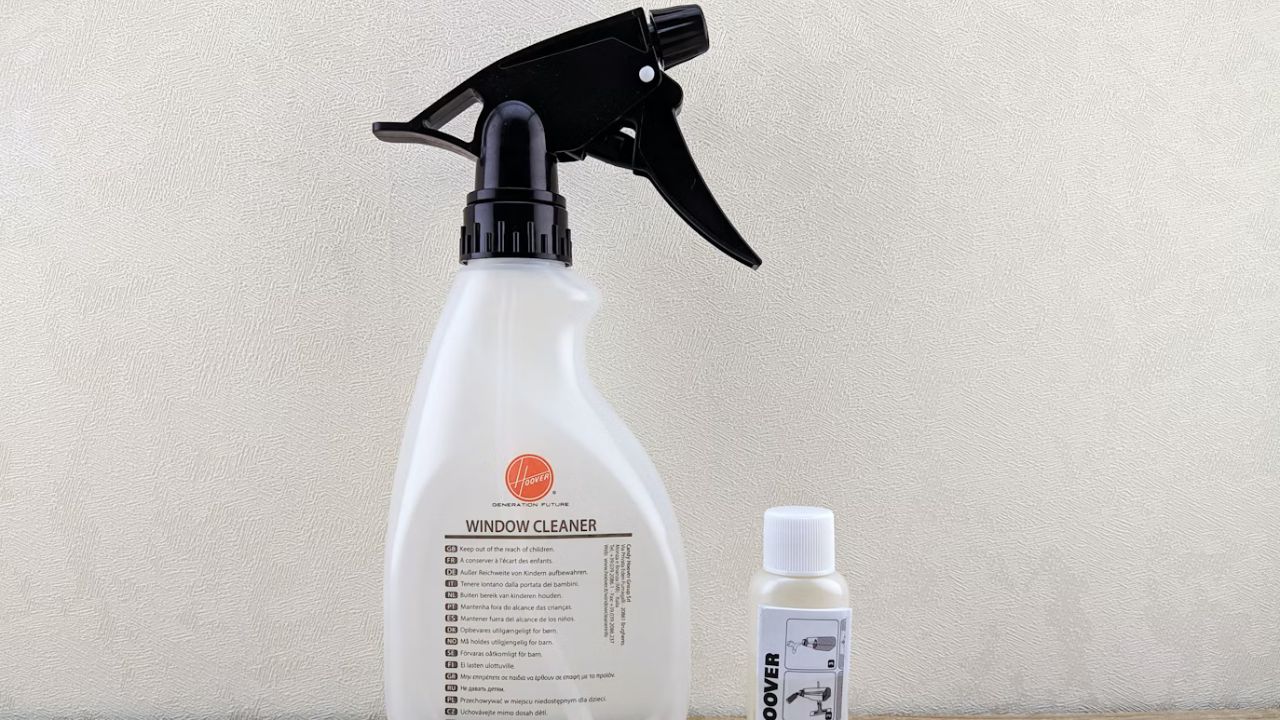Have you ever heard of the term ‘PFAS’ before? If you’re not familiar with the acronym, perhaps ‘per- and polyfluoroalkyl substances’ ring a bell? The truth is that public awareness regarding PFAS is pretty inconsistent.
The National Institutes of Health (NIH) states that 45.1% of respondents in a survey had never heard of PFAS. Not only that but 31.6% admitted to hearing the term but had no idea what PFAS were.
To give more context, PFAS are a group of chemicals (over 12,000 of them) that are of emerging concern. This means they have the potential to wreak havoc on our health and the environment. You’d be surprised to know that PFAS can be easily found in an average American household.
In this article, we will discuss these chemicals in detail. Then, we will also list down five proactive steps you can take to reduce your family’s PFAS exposure.
Why the PFAS Discussion Matters
Let’s talk about PFAS in a little more depth. Their basic chemistry involving a strong carbon-fluorine bond was only discovered in the 1930s. These chemicals were found to be resistant to oil, grease, and water.
In the 1960s, their commercial production started for a variety of industrial applications. For instance – PFAS became a huge part of the firefighting industry. Their low viscosity made them suitable for the production of Class B firefighting foam or Aqueous Film Forming Foam (AFFF).
Other applications included non-stick cookware, stain-resistant clothes, dental floss, and food packaging. Gradually, firefighters were the first to develop serious health conditions due to regular PFAS exposure. Studies also found that their turnout gear had traces of PFAS.
The most common threat was that of cancer, mainly of the testicles, kidneys, and bladder. The injured firefighters filed an AFFF lawsuit against manufacturers like 3M and DuPont. Even municipalities joined the litigation with cases of water contamination.
According to TorHoerman Law, it was alleged that the defendants were aware of PFAS risks but failed to warn the public. Even when one is not directly exposed to these chemicals, they can still lead to health issues like poor immunity, hormonal imbalance, high cholesterol, etc.
What’s worse than knowing that PFAS can be deadly is the fact that they’re practically inescapable. Today, these chemical compounds can be found in tap water, rainwater, home products, and more.
How to Keep Your Family Safe from PFAS
Let’s clear the dust first by answering whether it is possible to stay completely safe from PFAS. This can be tricky since PFAS can also be found in the air. It may not be possible to stay 100% safe but there are ways to reduce exposure for reduced risk of PFAS-related health issues.
Purchase PFAS-Free Products
The first thing you can do is invest in PFAS alternatives or products that do not contain these chemicals. For instance – personal care products, like dental floss, are available in PFAS-free alternatives.
Moreover, steer clear of non-stick cookware that comes lined with PFAS. You can use non-toxic options like clay, cast iron, or stainless steel cookware. Look for PFAS-free versions or safer alternatives for home products, wherever possible.
Install a Relevant Water Purifier
PFAS are known to seep into the soil and contaminate the underground water supply. Recent studies have discovered that around 50% of US tap water is polluted with these chemicals.
The water supplied to your home likely has some degree of PFAS that needs treatment. The Environmental Protection Agency (EPA) suggests finding out whether your municipal water consists of PFAS. You will need to contact your local water utility for this purpose.
If yes, have a water filter installed that can remove PFAS. Even if the water in your home is supplied from a drinking water well, it is important to conduct regular testing. The solutions would again involve a relevant in-home water treatment method. If the pollution levels are too high, consider an alternate source for cooking, drinking, and brushing your teeth.
Eat Home-Cooked Meals
Can cooking meals at home all the time be a hassle? Yes, but it is also a healthier option. Even if you cannot find the time to prepare all your meals at home, try to eat partly home-cooked meals.
We recommend this because PFAS have been found in food packages, even in reputed outlets. The Food & Drug Administration (FDA) has even banned all grease-proofing agents from being sold in the US. If you dine out frequently, look for eateries that try to follow best practices to reduce PFAS risk.
Ditch Stain-Resistant Garments and Upholstery
Another way you can keep your family safe against increased PFAS risk is to use natural fibers wherever needed. For instance – stain-resistant garments or upholstery will most likely have PFAS. Invest in stain repellents or fabrics that are known to be naturally stain-resistant like wool and polypropylene.
Moreover, PFAS may be used to make fabrics like cotton wrinkle-free. It is best to purchase natural and sustainable fibers and have the clothes properly ironed after each wash.
Vacuum, Dust, and Open Windows
As mentioned previously, PFAS can be easily found in the air. This means your indoor air should be regularly cleaned as well. How can you make that happen?
One way is to ensure proper ventilation by keeping doors and windows open. Then, participate in regular dusting and vacuuming, preferably with a HEPA filter, to remove PFAS mingled with the dust. Even wet mopping can help avoid PFAS found in dust.
Before we close, let’s briefly touch upon the probability of PFAS in your home. If you own non-stick cookware or grease-resistant baking essentials, they increase the likelihood of PFAS.
Are your carpets and furniture treated with stain protectors? That’s another sign of PFAS at home. As for the water and personal care products or cosmetics, you must check with the relevant sources.
Given how pervasive these chemicals are, it is safe to assume that every American household today has some levels of PFAS within and without. The tips discussed in this article should help reduce risk exposure, if not eliminate it.









































